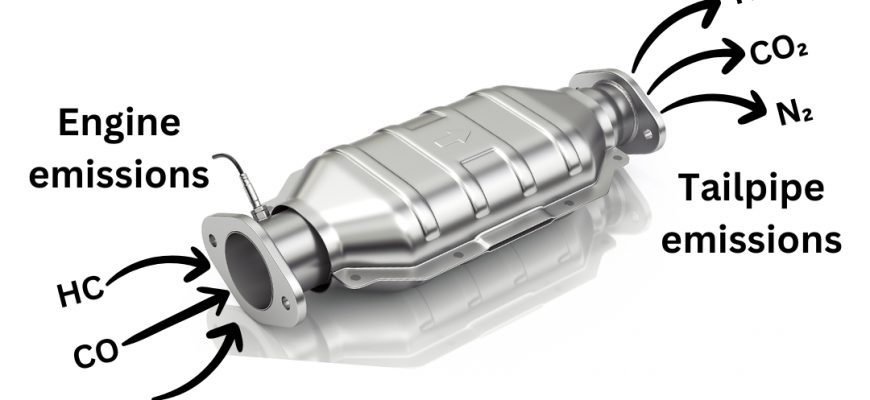Catalytic converters are essential components in modern vehicles, playing a crucial role in reducing harmful emissions and improving air quality. However, many car owners may wonder: how many catalytic converters does a car have? Let’s dive into the intricacies of this vital automotive element.
What is a Catalytic Converter?
A catalytic converter is a device used in the exhaust system of a vehicle to convert toxic gases produced during combustion into less harmful emissions. It employs a catalyst, typically made from precious metals like platinum, palladium, and rhodium, which facilitates chemical reactions without being consumed in the process.
How Many Catalytic Converters Are There in a Car?
The number of catalytic converters in a car can vary significantly depending on the vehicle’s design, engine type, and emission standards. Here are some common configurations:
- Single Catalytic Converter: Most standard gasoline vehicles are equipped with one catalytic converter located in the exhaust system.
- Dual Catalytic Converters: Some cars, especially those with larger engines or performance models, may have two catalytic converters. This setup allows for better emissions control and engine performance.
- Multiple Catalytic Converters: High-performance vehicles, hybrid cars, or those designed to meet stringent emission regulations may have multiple catalytic converters. This design helps in achieving higher efficiency in reducing pollutants.
Why Do Some Cars Have More Than One Catalytic Converter?
There are several reasons why a vehicle might have multiple catalytic converters:
- Engine Configuration: Vehicles with V6 or V8 engines often have dual exhaust systems, necessitating more than one catalytic converter.
- Emissions Standards: Stricter emissions regulations in certain regions may require additional catalytic converters to meet legal requirements.
- Performance Enhancement: Performance and sports cars may utilize multiple catalytic converters to improve exhaust flow and engine responsiveness.
How to Identify the Number of Catalytic Converters?
If you’re curious about the number of catalytic converters in your vehicle, here are a few steps to identify them:
- Consult Your Owner’s Manual: The manual often contains detailed information about the vehicle’s exhaust system.
- Visual Inspection: Safely lift the vehicle and inspect the exhaust system. Catalytic converters are usually cylindrical and located between the engine and the muffler.
- Seek Professional Help: If in doubt, a mechanic can provide a definitive answer and check the condition of the catalytic converters.
Understanding the number of catalytic converters in a car is vital for vehicle maintenance and environmental awareness. Whether your car has one, two, or more, these components play a pivotal role in ensuring your vehicle meets emissions standards and contributes to cleaner air. Regular checks and maintenance of your catalytic converters can help prolong their lifespan and enhance your vehicle’s performance.
Next time you start your engine, remember the unsung heroes working silently beneath your car, ensuring every drive is a little greener.










Great insights into the different configurations of catalytic converters. I feel more knowledgeable about my vehicle
Fantastic read! The breakdown of single vs. dual catalytic converters was particularly enlightening. Great job!
I never knew there could be multiple catalytic converters in a car. This information is really useful for understanding vehicle emissions better!
Such an informative piece! The discussion on why some cars have more than one converter really clarified a lot of my questions about emissions standards.
This article provides a clear and concise explanation of catalytic converters! I learned so much about their importance in reducing emissions.
I appreciate how this article highlights the role of precious metals in catalytic converters. It